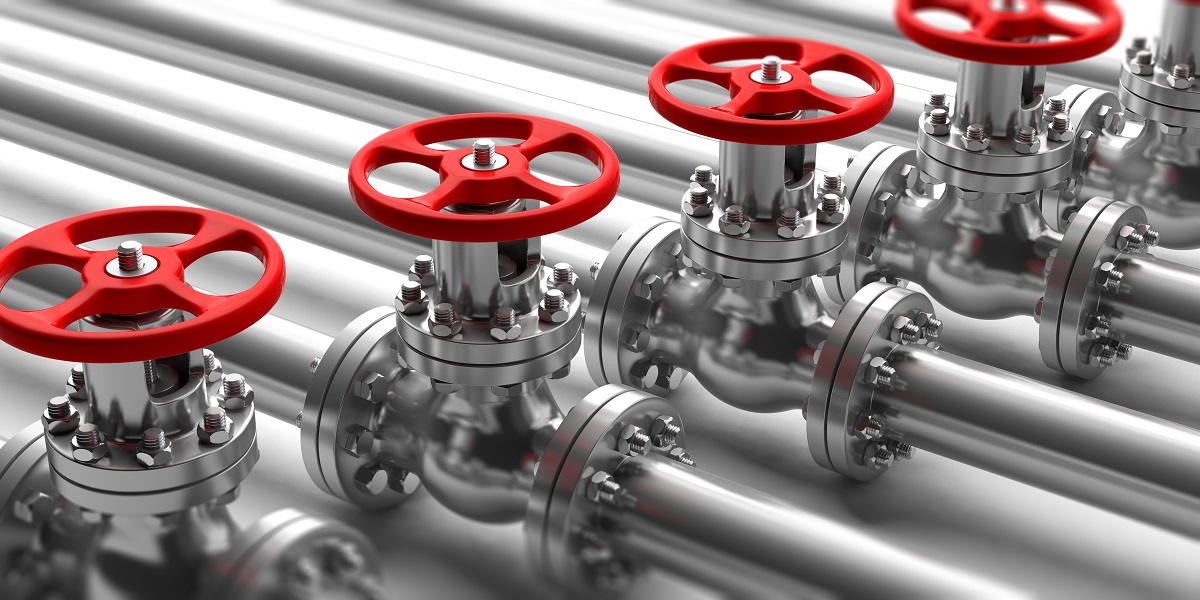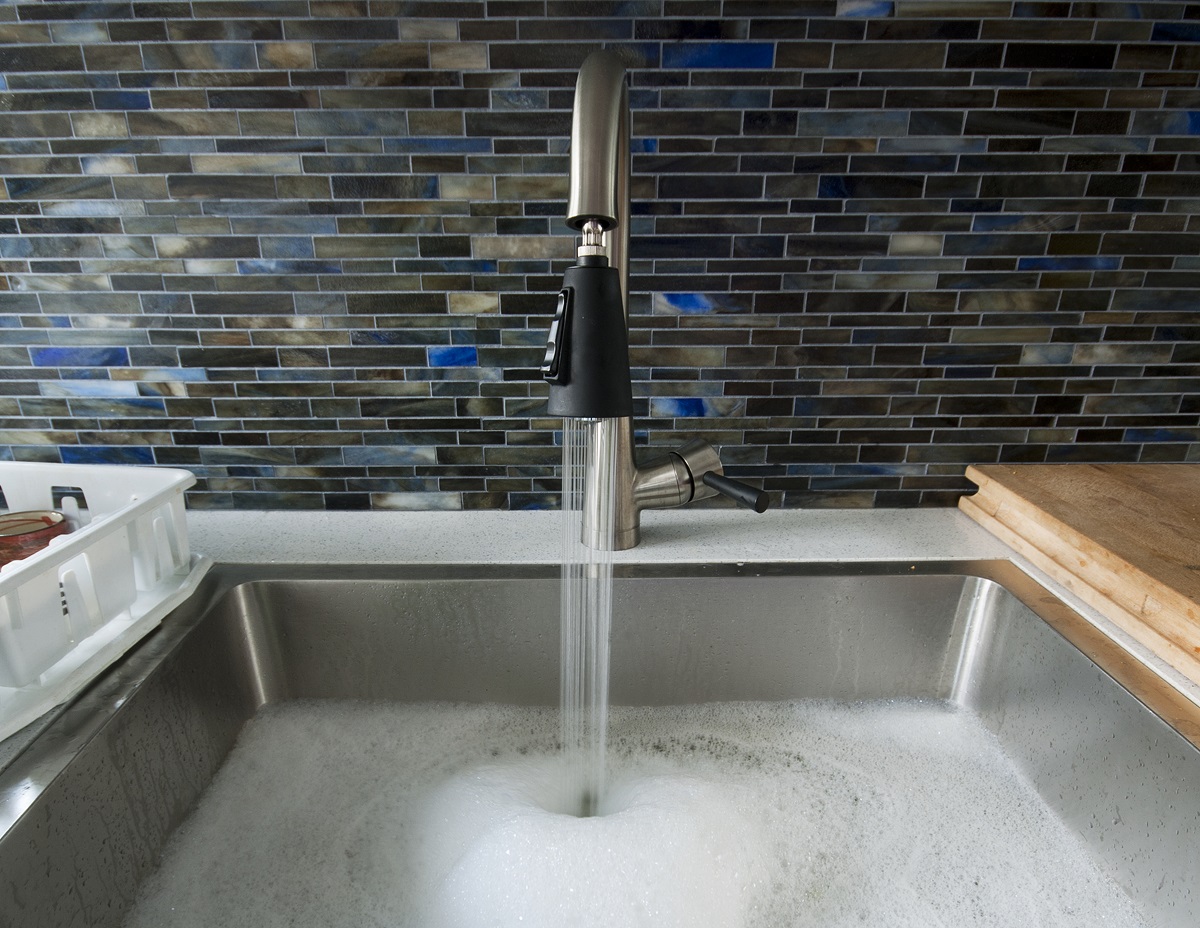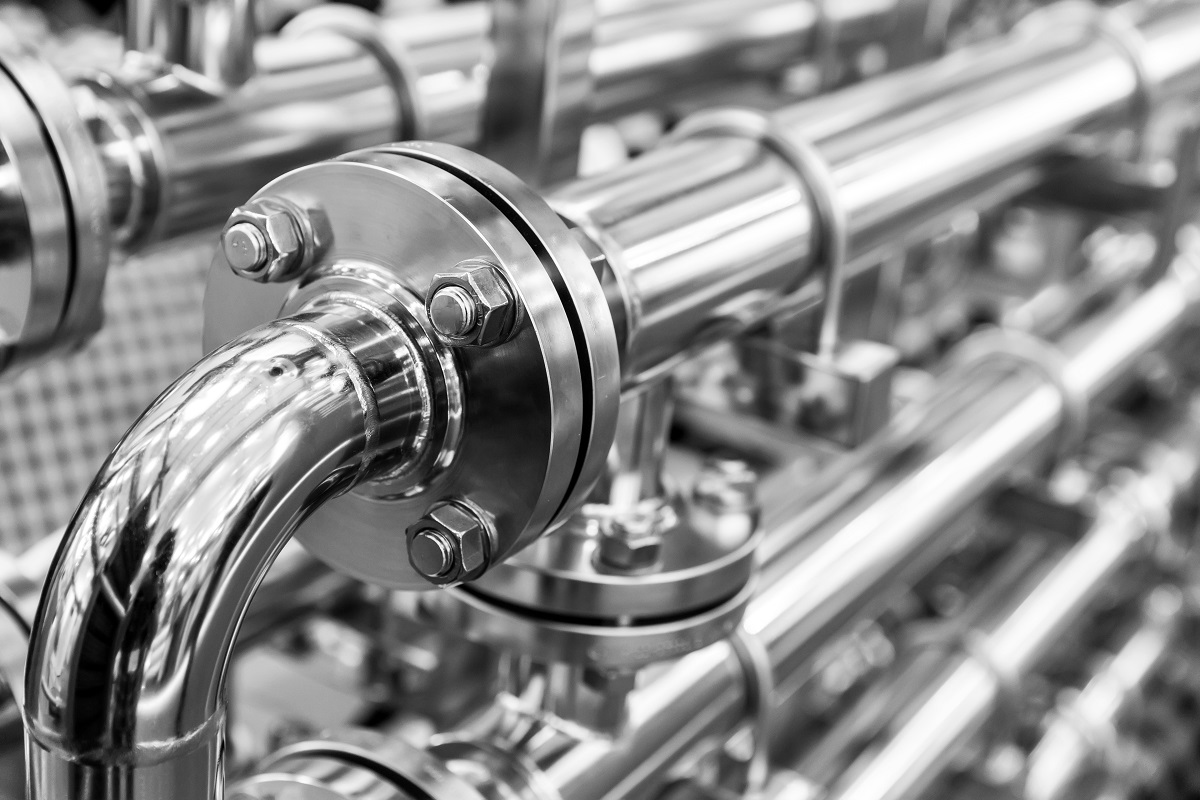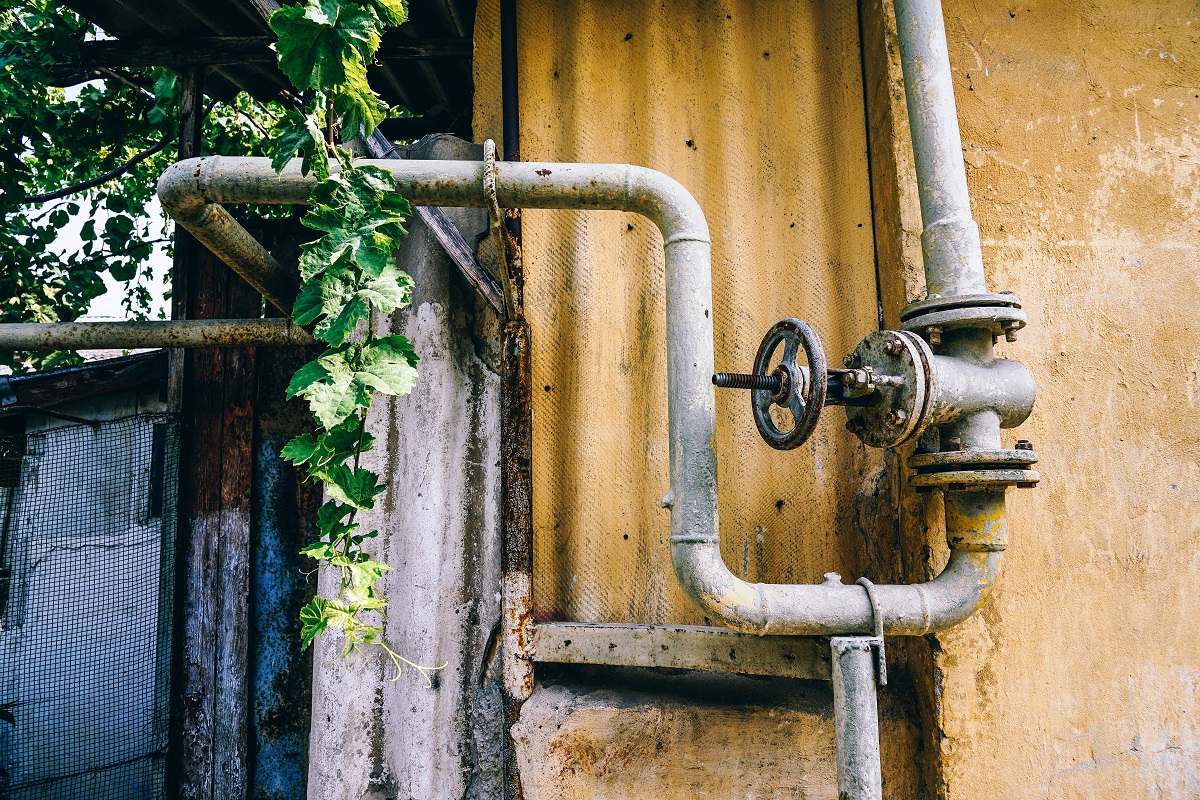
6 Things to Consider When Replacing Your Waterline in The Philippines
What are the things to consider when replacing your waterline?
- Compromised water quality
- Slower moving drains
- Life expectancy of water pipes
- Duration and intensity of repairs
- Hindrances to piping systems
- Operating license concerns
As much as you want to save on piping installation, there are some situations when your waterline in the Philippines is better off being replaced. Repairs can only mend the symptoms and delay the problem, but the underlying root cause still needs to be addressed. For more information on replacing your waterlines, keep on reading!
Compromised Water Quality

If you notice a brownish color or ay discoloration, it might not just be your eyes trying to trick you. This might indicate that dirt, rust, or soil has entered your waterline. The main cause could be cracks, holes, or corrosion. You may also observe a slower water flow compared to before.
If you notice this, then it might be time to replace your piping system. According to the United States, Environmental Protection Agency, water with rust can taste metallic and increase economic problems due to staining brought to household fixtures. On its own, rust can’t be harmful when in contact with your skin. What causes tetanus is the bacteria that grows on the object itself.
Slower Moving Drains
Slower moving drains can be caused by a lot of things—such as sludge and debris. Some home remedies can be made to fix this situation. In some cases, you only need to clean the stopper on your sink.
To melt sludge, you can pour a half cup of baking soda and vinegar into your drainage. After 15 minutes, you can add hot water if you have metal pipes. If this is not enough, you can manually remove debris by using a hair clog tool. After home remedies have been exhausted and nothing works, a replacement may be more beneficial. Aside from your supply lines, drainage lines also have a life expectancy, although longer.
Life Expectancy of Water Pipes

If you take care of your waterlines, they can reach their optimum life expectancy. Use them for the wrong purposes and you will find yourself with hefty replacement costs. If your piping system hasn’t been replaced since the time the building was erected—especially if it was built long ago—then it might be a good idea to change them soon.
Supply pipes generally have a shorter lifespan compared to drain pipes because they are often under pressure. That’s why if you have a galvanized steel tube, it can last up to 50 years when used for transporting water and more when used in sewage systems. If you’re using cast iron for drainage, it can be utilized for up to 100 years.
Duration and Intensity of Repairs
If you notice that repairs are happening more frequently, it might be a sign that a serious problem needs to be looked at. While occasional maintenance is acceptable—and often recommended—decreasing service intervals will not just cost you but also stress you out.
That’s why it is important to inquire about plumbing service information when you move to a new home or buy a pre-owned building. From the surface, it might look like everything is in working condition so it is a good idea to have it inspected before purchasing a property. This will lessen your hassle and also allow you to haggle the price.
Hindrances to Piping Systems

If your water line is located near trees, the chances are high that there are root plugs that affect the water flow. If neglected, this problem can spread to other waterlines in the area. Tree roots are strong enough to damage the material of your pipes, especially if they are made from plastic. After some time, these can grow and expand, causing drainage problems.
When your water lines are installed beneath walls or underground, additional work might be necessary when replacing your piping system. You can set off the costs of a deep excavation by searching for cost-effective pipes in your area.
Permit and License Concerns
Depending on where you live, there might be the need to secure a permit when altering the plumbing system. This will depend on the country and local government unit, so ensure that this is taken care of before undergoing any major installations. If officials notice that you don’t have this license, there might be fines that you need to pay. Other than that, costs would be increased when installation work is delayed.
If you’re building a new water line in the Philippines, a water permit may be needed to be secured from the National Water Resources Board. This is applicable whether you’re sourcing ground or surface water for domestic, municipal, irrigation, power generation, fisheries, livestock, industrial, recreational, and other purposes.
Key Takeaway
When replacing your waterline in the Philippines, there will be factors to consider. The first thing you should do is look for repairs that can safely treat minor problems. If maintenance procedures are often needed, you may need to solve underlying damage to your pipes. When reinstalling your new supply and drainage lines, don’t forget to secure permits to ensure a continuous operation.


